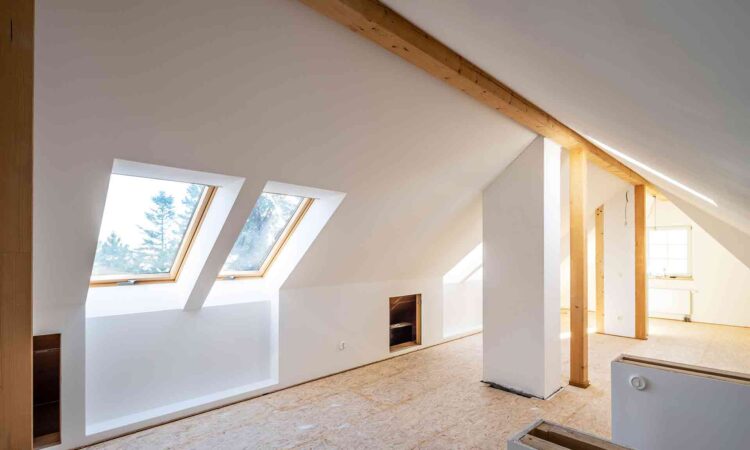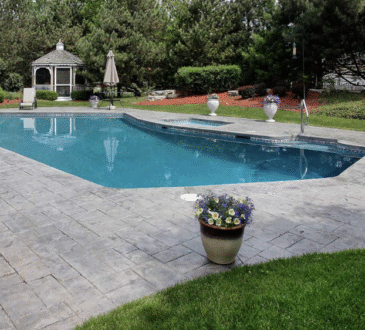
If you need more space, you’ve probably found yourself weighing up the two most obvious choices: loft conversion or house extension.
Both sound great in theory. One gives you extra height. The other gives you more floor space. But which is better? Which costs less? And which adds more value to your home?
We looked at the pros and cons of each – and found that one came out on top for reasons most people don’t consider. Especially when you factor in something as simple as loft windows.
Here’s what you need to know before calling in Libra Construction.
Let’s Talk Money First
For most homeowners, price plays a big part in the decision.
A rear extension often costs more than a loft conversion. That’s because you’re building from scratch – new walls, new foundations, new roof, new drainage. And if you’re going outwards, you’ll need to give up part of your garden.
In contrast, a loft is already there. You’re working with the existing shell. Add insulation, flooring, stairs, and windows – and you’re on your way.
A typical loft conversion costs less, takes less time, and causes less disruption than an extension.
What About Space?
Extensions tend to offer wider rooms – especially if you knock through walls and open up the downstairs. Ideal for a bigger kitchen, home office, or open-plan living space.
Lofts, on the other hand, give you upper-level rooms – often used as bedrooms, quiet workspaces, or extra lounges. While the roof slope can limit wall space, clever design (and well-placed loft windows) makes a big difference.
And with dormers or L-shaped designs, you can get a decent-sized room that feels far bigger than you’d expect.
Planning Permission and Delays
Many loft conversions fall under permitted development, meaning you won’t need full planning permission unless you’re raising the roof or live in a conservation area.
Extensions often come with more red tape – especially if they affect neighbours, boundary lines, or listed features. That can lead to longer wait times and higher fees.
If you’re keen to move quickly, the loft often wins here too.
Natural Light Makes All the Difference
Here’s where things get interesting. A loft room without proper light can feel cramped. But with contemporary loft window shutters, you can turn the darkest attic into the brightest space in the house.
Full-sized loft windows, whether top-hung or centre-pivot, let in more light than standard side-facing windows. They also bring in sky views, which make the room feel bigger, cleaner, and more peaceful.
And unlike large rear extensions, which often rely on bifold doors or roof lanterns, loft windows don’t take up valuable wall or floor space.
What About Disruption?
An extension usually means builders in and out of your kitchen, garden dug up, skips on the driveway, and constant dust.
A loft conversion? Most of the work is done from above. The team accesses the roof from outside, keeps the mess contained, and only cuts through into your home when absolutely necessary.
If you’re working from home or have small children, that difference in disruption matters.
Resale Value and Buyer Appeal
Both loft and home extensions can raise your property’s value – but it depends on what buyers in your area want.
A house with an extra bedroom upstairs is often more appealing to families than a bigger kitchen. If your home already has enough living space, a new loft room with good lighting and modern finishes could push you into the next price bracket.
Estate agents also look at layout. A three-bed becomes a four-bed. A loft with large windows and a calm feel stands out on listings.
So Which One Should You Choose?
If you need a bigger kitchen, or want to knock through to create a larger lounge, an extension makes sense. But if you’re after a new bedroom, office, or peaceful retreat — and want something quicker, cheaper, and less disruptive — a loft conversion might be the smarter move.
And with the right loft windows, that top-floor room might end up becoming your favourite space in the house.
Final Thought
The best option depends on your home, your goals, and your budget. But don’t rule out the loft just because it’s “up there.”
Done well, with good lighting, smart storage, and well-placed loft windows, it can feel like a natural part of the house — not just an extra floor.
And in many cases, it might give you more than an extension ever could.



